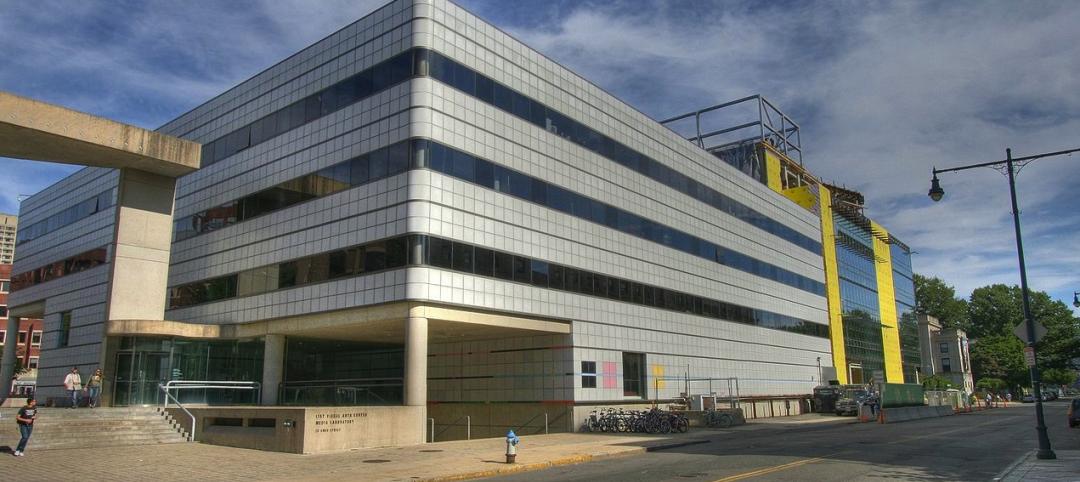PHIUS (Passive House Institute US) launched the new PHIUS+ 2015 passive building standard on March 25.
PHIUS says the building energy performance target is in the “sweet spot” where cost effectiveness overlaps with aggressive energy and carbon reduction. It promises to ignite tremendous growth in the application of passive building principles, the organization says.
Formally known as PHIUS+ 2015 Passive Building Standard: North America, the standard is the product of nearly three years of research conducted by PHIUS in partnership with Building Science Corporation under a U.S. Department of Energy Building America grant.
The effort employed the National Renewable Energy Laboratory’s BEopt tool (for cost-optimizing) to develop optimized design guidelines for use in North America’s wide-ranging climate zones.
Passive building has gained great attention in recent years, but the adoption of passive principles—superinsulation, airtight envelope, energy recovery ventilation—has been slower than hoped because of cost and other disincentives. The new formula and standards remove those obstacles, PHIUS says.
Related Stories
Green | Apr 22, 2015
GSA's Federal Center South Building honored with AIA Top Ten Plus Award for 'verified' sustainable performance
The annual award recognizes green building projects that have quantifiable metrics demonstrating the performance and positive impact of the sustainable design.
Green | Apr 20, 2015
USGBC opens public comment period for LEED for existing multifamily buildings
The new LEED Operations and Maintenance: Multifamily program will offer solutions for existing multifamily projects with at least 20 units.
Cultural Facilities | Apr 16, 2015
Milwaukee’s Lakeshore State Park visitor center will be ‘off the grid’
The plans also include a built-in wastewater treatment system and rainwater collection.
Green | Apr 16, 2015
Passive House Institute introduces new categories for building certification
The new evaluation procedure considers the building in an environment where only renewable energy is used. Sun and wind provide the primary electricity.
Green | Apr 16, 2015
New version of Building Energy Data Exchange Specification launched
BEDES is a dictionary that facilitates consistent exchange of building characteristics and energy use data between tools and databases in the building energy efficiency sector.
Green | Apr 14, 2015
USGBC will recognize energy and water standards for the Living Building Challenge
This move means that projects achieving the energy and water requirements in Living Building Challenge will be considered as technically equivalent to LEED.
Green | Apr 7, 2015
USGBC survey shows Fortune 200 companies prioritize green building
The world’s top-performing companies are prioritizing sustainability as part of their corporate social responsibility efforts, and a majority of them are using LEED to achieve their goals, according to the new survey.
Codes and Standards | Apr 6, 2015
DOE releases Better Buildings Workforce Guidelines
The guidelines are aimed at strengthening and streamlining commercial building workforce training and certification programs for workers in energy auditing, building commissioning, building operations, and energy management.
Green | Apr 3, 2015
Georgia may ban use of LEED on state buildings
Georgia's state legislature is considering a measure to require all state buildings to only use green building standards that permit the use of Georgia's lumber.
Green | Apr 3, 2015
Energy benchmarking law helps make D.C. top ranked Energy Star city
First-in-the-nation law requires public reporting of annual energy performance














